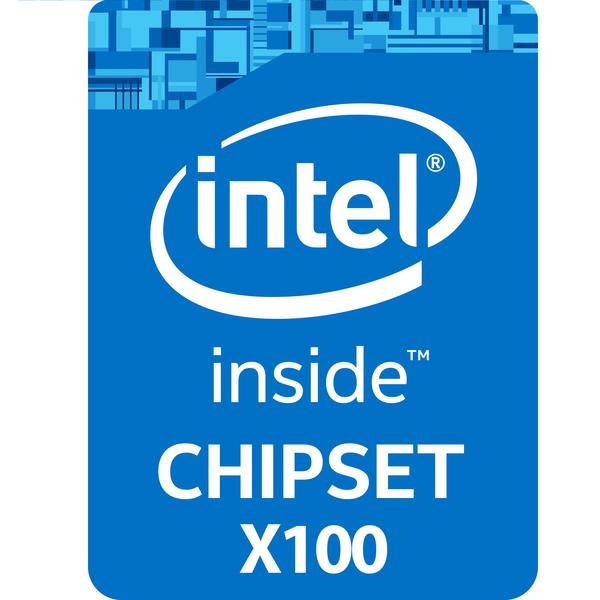Nous avons une fuite assez énorme aujourd'hui avec beaucoup de nouveaux détails sur les prochains processeurs Skylake d'Intel. Pour commencer, Microsoft supprime la prise en charge du contrôleur hôte EHCI (spécification USB 2.0) et ne conserve que la spécification du contrôleur hôte xHCI (également connue sous le nom de spécification USB 3.0 universelle). Bien que la spécification USB 3.0 soit rétrocompatible avec la plupart des fonctions USB 2.0 et 1.0, l'installation de Windows 7 via USB n'en fera pas partie (source : EXPReview).
Un rendu de matrice d'une puce Skylake. @ Domaine public d'Intel

I have to admit one thing though, Intel has absolute plausible deniability on this. No one can claim with 100% certaintythat they are in league with Microsoft in trying to push Windows 7 users to finally get a move on. The reason for that is that the discarding of EHCI was inevitable sooner or later, and while they could have taken steps to remedy the problem easily, they have no compulsion to do so.The problem begins with the fact that Windows 7 does not have the code to support master xHCI based installation via USB, with only installation over EHCI allowed.
You might be thinking that one can always take the bootable DVD route and even though research indicates that dependence on optical drives is diminishing by the second, it has its own caveats. You better hope that your motherboard has a PS/2 port because even while installing from a DVD, the USB ports wont work (during the install setup). If you have just one PS/2 port you will have to switch your PS/2 based mouse and keyboard as required through the entire process. All this means that Windows 7 will be very very troublesome for people to install and in most of the cases, people will consider it not worth the effort. Even if you do get it to work, the lack of EHCI means there might be unforeseen compatibility issues in the future. Effectively, from Skylake, and thanks to Intel's spec upgrade, Windows 7 is now officially an obsolete OS.
Quoi qu'il en soit, ce n'est pas ça, nous avons également de nouvelles informations concernant Skylake et oui, tout cela est confirmé :
Intel lance les processeurs Broadwell en 2015 (appelés Broadwell-K) et utilisera le socket LGA 1150. Les processeurs seront les premiers à être fabriqués sur le nœud 14 nm (sur le marché grand public) et nécessiteront le chipset de la série 100 en mode natif avec une prise en charge en amont du chipset de la série 9 également. Étant donné que la DDR4 est l'un des principaux facteurs de vente de Skylake, les utilisateurs feraient bien d'opter pour la plate-forme de la série 100 (à moins que les AIB de la carte mère ne décident de publier des mobos de la série 9 modifiés).
Tableau de comparaison des plates-formes Intel Mainstream :
| Intel Sandy Bridge Platform | Intel Ivy Bridge Platform | Intel Haswell Platform | Intel Broadwell Platform | Intel Skylake Platform | |
| Processor Architecture | Sandy Bridge | Ivy Bridge | Haswell | Broadwell | Skylake |
| Processor Process | 32nm | 22nm | 22nm | 14nm | 14nm |
| Processors Cores (Max) | 4 | 4 | 4 | 4 | 4 |
| Platform Chipset | 6-Series “Cougar Point” | 7-Series “Panther Point” | 8-Series “Lynx Point” | 9-Series “Wild Cat Point” | 100-Series “Sunrise Point” |
| Platform Socket | LGA 1155 | LGA 1155 | LGA 1150 | LGA 1150 | LGA 1151 |
| Memory Support | DDR3 | DDR3 | DDR3 | DDR3 | DDR4 |
| Thunderbolt | Yes | Yes | Yes | Yes | Yes “Alpine Ridge” |
| Platform | Desktop LGA | Desktop LGA | Desktop LGA | Desktop LGA | Desktop LGA |
| Launch | 2011 | 2012 | 2013-2014 | 2015 | 2015 |
Rester dans la boucle
OBTENEZ UN RÉSUMÉ QUOTIDIEN DES DERNIÈRES NOUVELLES TECHNOLOGIQUES
Directement dans votre boîte de réception
Abonnez-vous à notre newsletter




